The Dynamic Canvas: Exploring the Depth and Diversity of Graffiti Art
Introduction
In the realm of contemporary art, few forms elicit as much debate and intrigue as graffiti art. From its humble beginnings as illicit markings on urban walls to its evolution into a recognized form of self-expression and cultural commentary, graffiti has traversed a complex journey, leaving an indelible mark on the cultural landscape. This article aims to delve into the multifaceted world of graffiti art, exploring its origins, evolution, significance, and its ongoing dialogue with society.
Origins and Evolution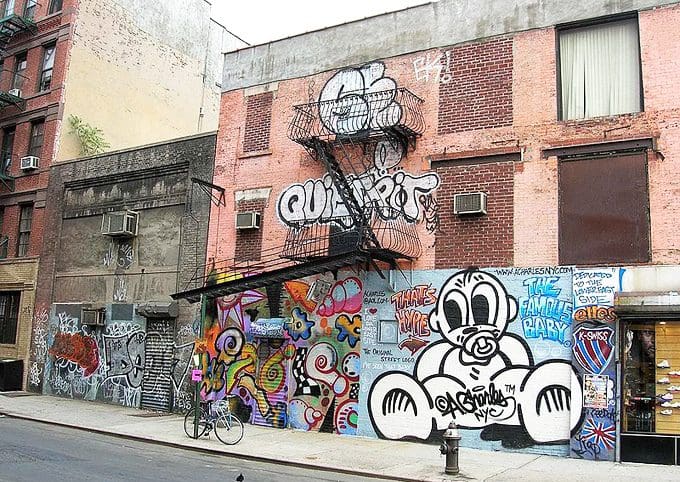
Graffiti, in its most elemental form, traces its roots back to ancient civilizations where inscriptions and drawings were etched onto walls, caves, and monuments. However, the modern incarnation of graffiti emerged in the late 1960s and early 1970s within the urban landscapes of New York City and Philadelphia. It began as a subversive form of expression, primarily associated with disenfranchised youth who used spray paint and markers to leave their mark on public spaces.
During this period, graffiti served as a means of reclaiming neglected urban environments, transforming drab walls into vibrant canvases that reflected the pulse and energy of the streets. Artists such as TAKI 183 and Darryl McCray, also known as Cornbread, gained notoriety for their prolific tagging, laying the groundwork for what would later become a global phenomenon.
As graffiti gained traction, it evolved into distinct styles and techniques, ranging from the elaborate lettering of wildstyle to the socio-political commentary of stencil art. Pioneers like Lee Quinones and Lady Pink pushed the boundaries of the art form, infusing it with creativity, complexity, and narrative depth. By the 1980s, graffiti had permeated popular culture, appearing in films, music, and fashion, while simultaneously sparking debates about public space, property rights, and artistic legitimacy.
Significance and Cultural Impact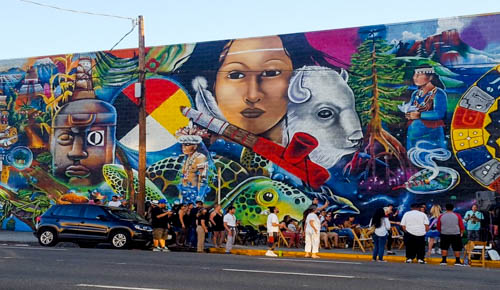
At its core, graffiti is a form of communication—an assertion of identity, a protest against social injustices, or simply a declaration of existence. It thrives on the notion of visibility, using the cityscape as a canvas to convey messages, evoke emotions, and challenge norms. In this sense, graffiti serves as a democratizing force, offering a platform for marginalized voices to be heard and recognized.
Moreover, graffiti has played a pivotal role in shaping contemporary art movements, influencing artists across disciplines and mediums. From the gritty urban landscapes of Jean-Michel Basquiat to the politically charged murals of Banksy, graffiti has inspired a generation of creators to push the boundaries of artistic expression and engage with pressing issues of our time.
Furthermore, graffiti serves as a barometer of social and cultural change, reflecting the shifting dynamics of cities and communities. Whether it's the vibrant street art scene in Berlin, the poignant murals adorning the walls of Palestine, or the ephemeral interventions in the alleyways of Sao Paulo, graffiti offers a lens through which to examine the pulse of society and the aspirations of its inhabitants.
Challenges and Controversies
Despite its cultural significance, graffiti continues to face scrutiny and condemnation, often being dismissed as vandalism or defacement of public property. Cities around the world grapple with the dilemma of balancing the preservation of heritage with the embrace of contemporary expressions. While some view graffiti as a blight on the urban landscape, others recognize its intrinsic value as a catalyst for dialogue, community engagement, and urban revitalization.
Additionally, the commercialization of graffiti has raised questions about authenticity and commodification, with artists navigating the fine line between creative integrity and commercial success. The rise of street art festivals, gallery exhibitions, and corporate sponsorships has provided opportunities for artists to showcase their work and reach broader audiences. However, it has also sparked debates about co-optation, gentrification, and the erasure of grassroots movements. As we venture further into the 21st century, the trajectory of graffiti art remains dynamic and unpredictable. With the advent of social media and digital platforms, artists have found new avenues to share their work, connect with fellow creators, and amplify their voices. Moreover, the global reach of graffiti has fostered cross-cultural exchanges and collaborations, enriching the tapestry of urban landscapes with diverse perspectives and narratives.
As we venture further into the 21st century, the trajectory of graffiti art remains dynamic and unpredictable. With the advent of social media and digital platforms, artists have found new avenues to share their work, connect with fellow creators, and amplify their voices. Moreover, the global reach of graffiti has fostered cross-cultural exchanges and collaborations, enriching the tapestry of urban landscapes with diverse perspectives and narratives.
However, the future of graffiti art is not without its challenges. As cities become increasingly gentrified and regulated, the spaces for spontaneous creativity and dissent are shrinking. It is imperative for policymakers, urban planners, and communities to recognize the value of graffiti as a form of cultural expression and to create spaces that nurture and celebrate its vitality.
The Evolution of Graffiti Art in the Digital Age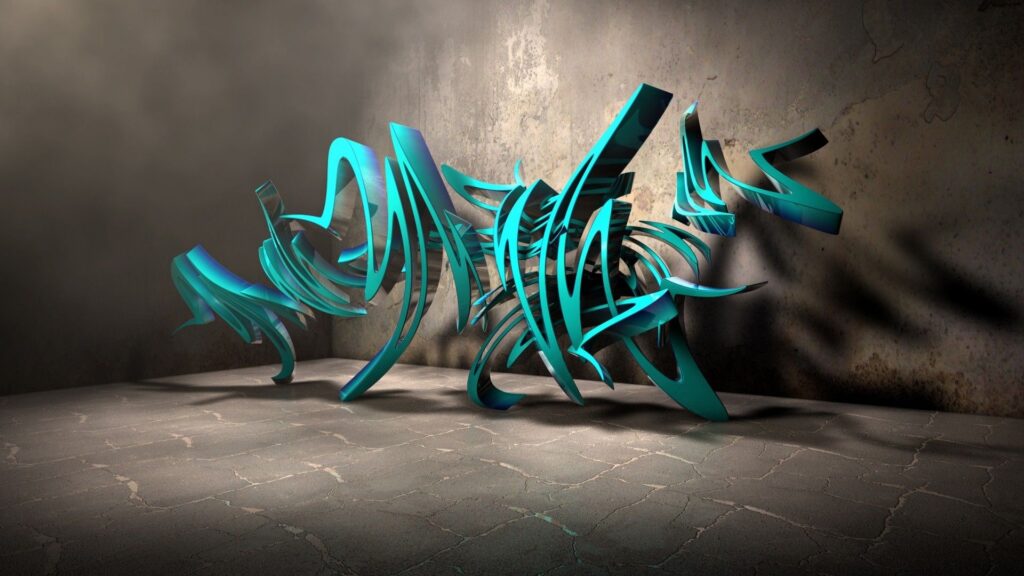
As technology advances, graffiti art has seamlessly integrated with the digital realm, presenting new opportunities for artists to innovate and connect with audiences worldwide. Social media platforms such as Instagram, Facebook, and Twitter have become virtual galleries, where artists can showcase their work, engage with fans, and collaborate with peers in real-time. Hashtags like #streetart and #graffiti have facilitated the dissemination of graffiti culture, allowing enthusiasts to discover new artists, trends, and locations with a simple click.
Moreover, digital tools and software have revolutionized the creative process, enabling artists to experiment with digital graffiti, augmented reality, and interactive installations. Platforms like Graffiti Creator and Procreate offer intuitive interfaces and a plethora of brushes and effects, empowering artists to bring their visions to life with unprecedented precision and fluidity. Similarly, augmented reality apps like AR Graffiti and WallaMe allow users to overlay digital graffiti onto physical spaces, blurring the boundaries between the virtual and the real.
The digitalization of graffiti has also democratized access to the art form, making it more inclusive and accessible to aspiring artists and enthusiasts. Online tutorials, workshops, and forums provide valuable resources and support for those looking to hone their skills and navigate the complexities of the graffiti scene. Additionally, crowdfunding platforms like Patreon and Kickstarter have emerged as viable means for artists to finance their projects, build community support, and maintain creative independence.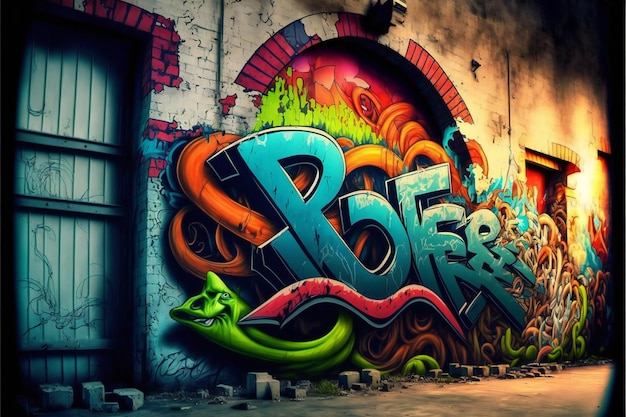 However, the proliferation of digital graffiti raises questions about authenticity, authorship, and ownership in the digital age. As virtual spaces become increasingly saturated with digital art, distinguishing between original works and digital reproductions becomes increasingly challenging. Issues of copyright infringement, intellectual property rights, and digital piracy loom large, prompting artists to navigate the murky waters of digital ethics and legalities.
However, the proliferation of digital graffiti raises questions about authenticity, authorship, and ownership in the digital age. As virtual spaces become increasingly saturated with digital art, distinguishing between original works and digital reproductions becomes increasingly challenging. Issues of copyright infringement, intellectual property rights, and digital piracy loom large, prompting artists to navigate the murky waters of digital ethics and legalities.
Furthermore, the digitalization of graffiti poses challenges to the ephemeral nature of the art form, blurring the distinction between the temporary and the permanent. While traditional graffiti is subject to weathering, buffing, and removal, digital graffiti exists in perpetuity, potentially diluting its impact and urgency. As artists grapple with the implications of digitalization, they must balance the allure of digital tools with the integrity and authenticity of their craft.
Looking ahead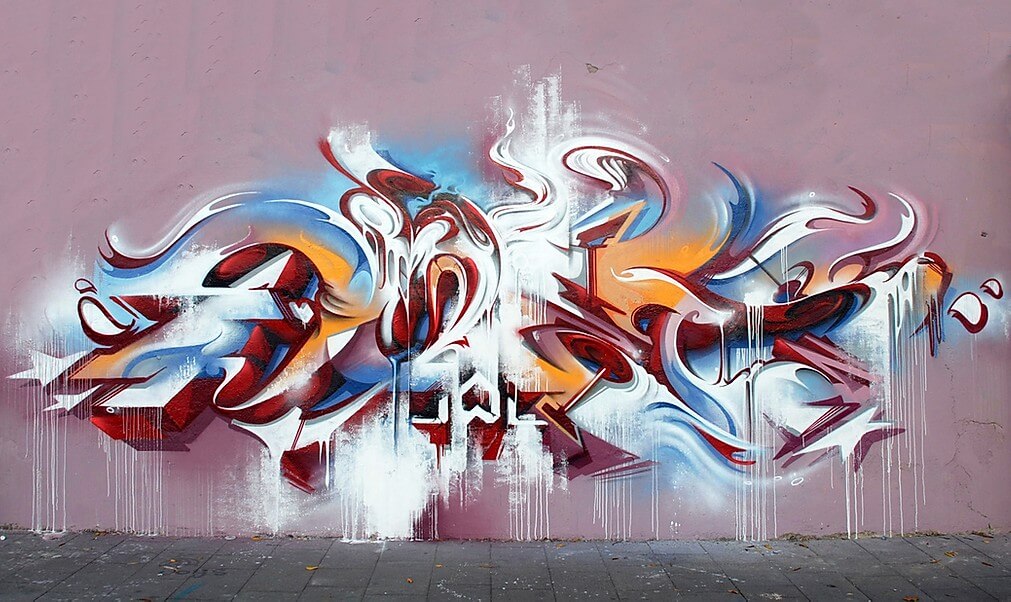
The convergence of graffiti art and digital technology holds immense potential for innovation, collaboration, and cultural exchange. As artists continue to push the boundaries of creativity and experimentation, they must remain vigilant in preserving the essence and spirit of graffiti amidst the onslaught of technological advancements. By embracing digital tools as a means to amplify their voices and expand their reach, graffiti artists can usher in a new era of artistic expression that transcends the confines of physical space and resonates across borders and boundaries.


































